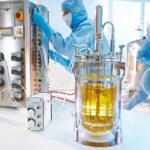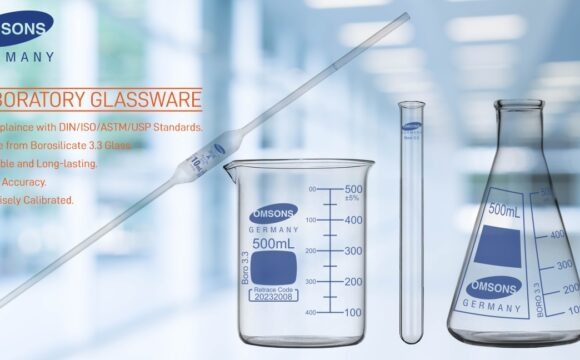The production of value-added products can be facilitated with the use of living sources. This process is termed bioprocessing. The pivotal part in this process is played by the living organisms which are responsive toward their environment. It can either be a complete living cell that is utilized or just a mere segment. Whatever may be used, it can help produce various useful products namely, biofuels, pharmaceutics, beer, low-lactose or fermented milk, bioactive peptide-rich products, clarified fruit juices, etc. This whole process of product generation is also commonly termed fermentation.
The most important stage of bioprocess technology is upstream processing. It involves the initial steps which are of utmost importance to obtain the desired product. The rundown incorporates the basic steps involved in upstream processing:
- Selection of producing organisms: The first step of the upstream part of bioprocessing technology involves selecting a living organism that can be utilized to obtain a product with desired characteristics. The organism selection plays a pivotal part as it determines if the product of interest with desired commercial value can be produced or not.
- Strain screening: Once the microbial strain is selected according to the characteristic interests, the strain is further screened. They are subjected to maximizing their abilities to facilitate synthesizing economical amounts of the product.
- Media preparation and optimization: Growing organisms require basic factors which if not maintained or provided could hamper their growth and thus, the production of valuable products. One such factor is the media. Organisms require media for their growth and making sure the media contains all the necessities is pivotal. Proper composition and concentration need to be maintained as it determines the production kinetics of the products. Thus, media should be optimized. Major components of a media incorporate carbohydrates such as glucose, a nitrogen source namely amino acids, lipids, trace minerals and sometimes cholesterol. Media preparation is carried on mostly in tanks to facilitate proper mixing to attain uniformity.
- Cell culture and process control: The growth of cells outside the body (in vitro) is termed as cell culture. Cells divide and simultaneously multiply in a suitable environment with appropriate conditions like temperature, pH, pressure etc. This determines the appropriate growth of the cells. Appropriate conditions also incorporate a growth medium as a food source as already discussed (in sub-point 3). Also, process control is of utmost importance during cell culture. Cell culture vessels need to be controlled for controlling gases and temperature. As the cell density increases during the growth stage, the medium turns into an opaque color. The growth rate is monitored accurately to determine how well cells have shown multiplication.
- Cell separation and harvest: After the cells are cultured, the protein product from the culture is needed to be recovered. Cell Separation is the first step at recovering the same which involves separating the cells from the media. The time at which the cell culture process needs to be terminated also plays a crucial role. It is predetermined according to the quality and quantity of the product accumulated in the bioreactors. After that, harvesting of the cells is initiated once the cells reach the desired density. Mammalian separation requires the very first step to being usually centrifugation which is used for the separation of cells from culture through rapid spinning and sedimentation. Microbial harvest is also almost the same as mammalian harvest. However, a lysing step is carried out before centrifugation.
With the cell separation and harvest of the cultured cells, the upstream processing stage comes to an end. This promotes the initiation of downstream processing. The upstream processing plays a key role in determining how the downstream processing will progress. In our next article, you can know more about the downstream processing.
References:
- “A Brief Overview of Bioprocessing | Big Picture | Lab Manager.” Lab Manager, www.labmanager.com, https://www.labmanager.com/big-picture/bioprocessing-overview-and-trends/a-brief-overview-of-bioprocessing-25962. Accessed 14 July 2022.
- “Upstream Processing | UltraPure International Group.” Upstream Processing, www.ultrapure-international.com, https://www.ultrapure-international.com/upstream-processing. Accessed 14 July 2022.










